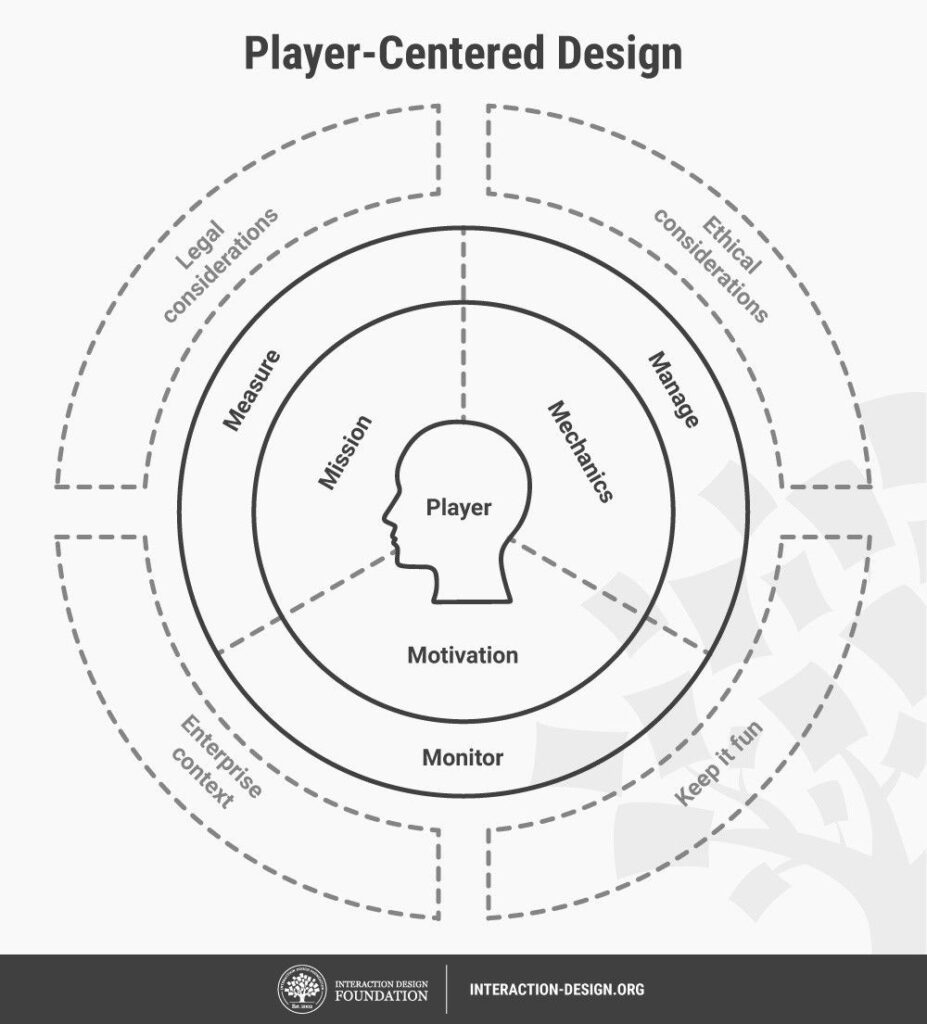Gamifying the user experience involves designing engaging interfaces for games that keep players engaged. There are several elements that come into play, including user experience design, game mechanics, visuals, sound, and gamification techniques. The process involves defining the game’s goal, developing game mechanics, creating engaging visuals, incorporating sound, adding gamification techniques to motivate players, and testing and iterating. Gamifying the user experience can be applied to different industries to create an interactive experience for users. To succeed, designers must follow a systematic approach and incorporate the key elements of game design.
Gamifying the User Experience: Designing Engaging Interfaces
Introduction
Games have been a part of human society since ancient times. People love games, and this has led to the growth of Game Development industries worldwide. Games are now being used extensively in other industries such as healthcare, education, marketing, etc., as they offer an engaging experience to users. Game designing is a creative task that requires both technical knowledge and an artistic inclination. In this article, we will discuss the process of gamifying the user experience, which is the process of designing engaging interfaces for games.
The science of gamifying the user experience
Gamifying the user experience is a science that deals with designing effective interfaces for games that can help the players feel more engaged with the game. There are several elements that come into play in gamifying the user experience, and they are:
User Experience Design
The user experience design or UX design is the emotional response evoked in the users when they interact with the game. It is important to create a positive user experience as it helps in enhancing the engagement level of the users with the game. UX design elements include the user interface, game mechanics, gameplay, visuals, sound, and other factors.
Game Mechanics
Game mechanics refer to the rules of the game, the goals, and objectives of the game, and how the players can achieve them. A well-designed game mechanic is essential for a game to be successful. The game mechanics should encourage the player to continue playing while not making the game too complex to leave the player feeling frustrated.
Visuals
Visuals are an essential aspect of game design; they help to create an immersive environment. The visual elements should draw the players into the game and keep them engaged. The characters, environment, and other design elements should complement each other and align with the game’s theme.
Sound
Sound plays an important role in game design. It can be used to create an immersive environment for the players by setting the mood, establishing tension, or delivering important information. The sound should complement the visuals and be consistent with the game’s theme.
Gamification Techniques
Gamification techniques are the strategies used to engage and motivate the players to keep playing the game. These techniques can include reward systems, badge systems, leaderboards, and other features that make the game more compelling to play.
The process of gamifying the user experience
The process of gamifying the user experience is not straightforward, and designers need to follow a systematic approach to create effective interfaces for games. Here is a step-by-step process for gamifying the user experience:
1. Define the goal: The first step in gamifying the user experience is to define the goal of the game. The goal of the game should align with the target audience and the theme of the game. Once the goal is defined, the game mechanics should be developed to achieve that goal.
2. Develop the game mechanics: The game mechanics should be developed based on the goal of the game. The mechanics should be simple to understand but not too easy to complete. The game mechanics should also be consistent with the theme of the game.
3. Create engaging visuals: The visuals in the game should be designed to capture the players’ attention and create an immersive environment. The visuals should be consistent with the game’s theme and align with the game mechanics.
4. Incorporate sound: Sound can be used to create an immersive environment, set the mood, or deliver important information to the players. The sound should complement the visuals and be consistent with the game’s theme.
5. Add gamification techniques: Gamification techniques can be used to motivate the players to keep playing the game. These techniques can include reward systems, badges, leaderboards, and other features.
6. Test and iterate: Once the game design is complete, the game should be tested to identify any issues or challenges. The game should be refined and iterated based on the feedback received from the testers.
Conclusion
Gamifying the user experience is a complex process that requires a lot of creativity and technical expertise. But by following a systematic approach and incorporating the key elements of game design such as UX, game mechanics, visuals, sound, and gamification techniques, designers can create engaging interfaces that keep the players glued to the game. Gamifying the user experience is not just limited to games but can be applied to different industries to create an interactive experience for users.
